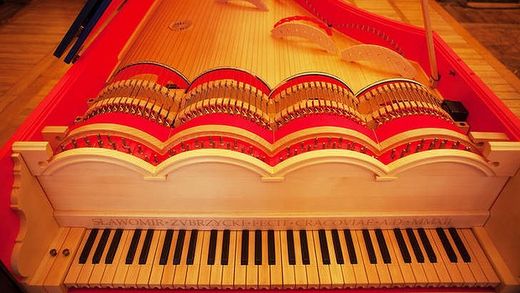OF THE
TIMES
Today as never before we need to comprehend the course, logic, and path of the process of history. Every day we need to make decisions that will affect future generations. It has become obvious that no single nation, confession, social class or even civilization can solve these problems on its own. We increasingly have to listen to one another: Europe and Asia, Christians and Muslims, White and Black peoples, citizens of modern democratic states and places where traditional society survives. The key is to understand one another correctly, avoid hasty conclusions, and acquire the true spirit of tolerance and respect toward those with different value systems, habits, and norms.
Hmmmm? Greek surname.........looks like Greek Lightning!
The 2nd largest population of Jews in the Middle East is in Iran. The countries are buddies, they only pretend to fight in front of the world....
I was reviewing the book Iarga (a book about UFO first-hand account from 1969) and was Struck by a portion of the 'introduction' by the author. I...
If this is about a ten year plan, what happens when in, say, four years or less there is simply nothing left of Ukraine? Not an acre left of an...
"If you're not among the insane, have faith. We'll get there and everything is going to be all right." I don't know where this is going, nor how...
To submit an article for publication, see our Submission Guidelines
Reader comments do not necessarily reflect the views of the volunteers, editors, and directors of SOTT.net or the Quantum Future Group.
Some icons on this site were created by: Afterglow, Aha-Soft, AntialiasFactory, artdesigner.lv, Artura, DailyOverview, Everaldo, GraphicsFuel, IconFactory, Iconka, IconShock, Icons-Land, i-love-icons, KDE-look.org, Klukeart, mugenb16, Map Icons Collection, PetshopBoxStudio, VisualPharm, wbeiruti, WebIconset
Powered by PikaJS 🐁 and In·Site
Original content © 2002-2024 by Sott.net/Signs of the Times. See: FAIR USE NOTICE

Interesting. Sounds like a quartet.